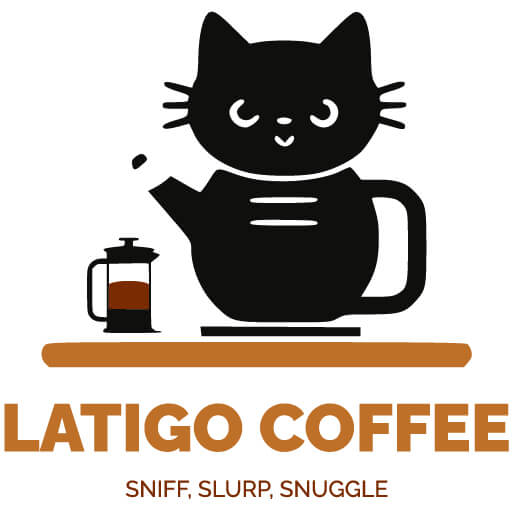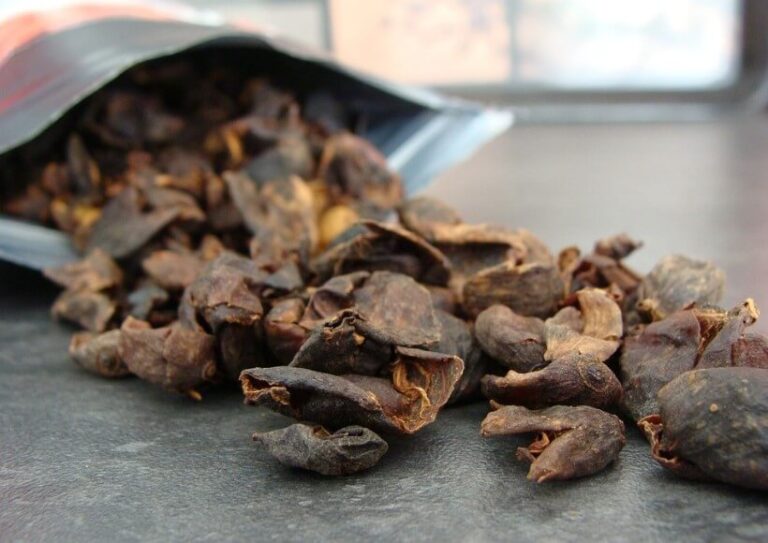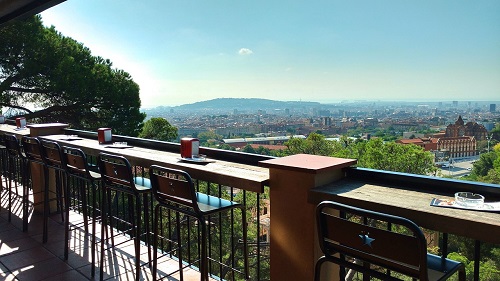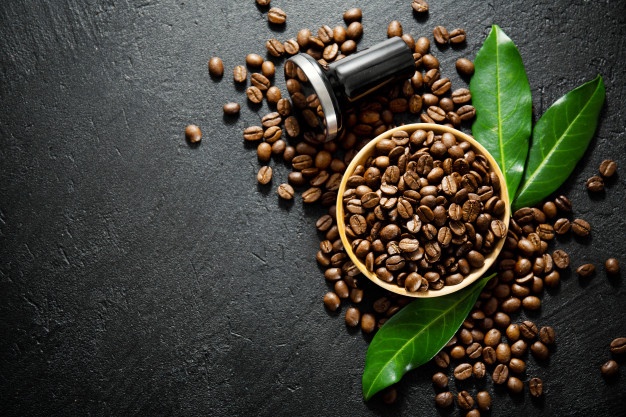In recent months, I fell in love with Cascara. It was the perfect summer beverage. I usually make a cold brew from the Coffee Fruit, but I’m ready to make hot Cascara teas in the colder months, too!
What is Cascara? Well, first, you need to ask another question.
What is Coffee Fruit?
Only some people know the history of coffee and that coffee is a fruit. It is also known as coffee cherry. The fruit contains the coffee beans. The outer layer surrounds the coffee beans and is usually red or purple when ripe. Inside the fruit, there are one or two coffee beans. The coffee fruit is typically harvested for its seeds, which are processed and roasted to make coffee.
What is cascara?
Cascara is a beverage made from dried coffee fruit. If we think of it, it’s a fruit tea, with the coffee cherry as its base ingredient. It’s a coffee byproduct. After the skin and fruit pulp are removed to access the beans popularly consumed as coffee, they also dry these parts. This way, nothing goes to waste!
The taste of Cascara
Cascara has a pleasantly fruity flavor with a touch of tartness. Depending on where you look, it’s associated with various tastes: hibiscus, blueberry, rosehip, mango, maple syrup, currant…
It reminded me of raisins at first – if you’ve tried it, please let me know what you felt – e-mail me at latigocoffee@gmail.com!
Cascara vs. Tea vs. Coffee
- It’s made from coffee and
- Prepared like tea.
There are significant differences between the three beverages. In texture and flavor, cascara is much closer to tea than coffee.
Its preparation method also leans more towards tea, although it can be made as a cold brew. However, the most common way is placing cascara in a filter, pouring hot water over it, and letting it steep for minutes. A perfect tool for this is a French press. As for flavoring, it’s entirely up to you!
You can use sugar, sweeteners, honey, lemon… or drink it plain if you prefer!
There haven’t been many substantial studies on the effects of cascara, but due to its antioxidant content, it’s attributed with similar beneficial effects to tea.
The caffeine content of cascara
The beverage’s caffeine content falls behind that of coffee.
- While an espresso contains 40-70 mg of caffeine
- and a filter coffee has 80-200 milligrams,
- A cup of cascara has about 25-50 milligrams.
The caffeine content of cascara is approximately one-fourth of that in filter coffee. It’s roughly equivalent to the caffeine content of a cup of green tea.
Cascara recipe
We’re here to help with two cascara recipes so you can make this elixir at home!
Hot Cascara Tea
- Place about 10 grams of cascara in a filter.
- Pour approximately 4 dl of hot (about 203 Fahrenheit) filtered water over it.
- Let it steep for 4-6 minutes.
- Flavor it to your liking!
- If the taste is too mild, steep it longer, add more cascara or use less water.
Reducing the cascara and increasing the water should help if the taste is too robust. But do not steep for less than 4 minutes under any circumstances!
Cold Brew from Coffee Fruit!
- Put about 20 grams of cascara in your cold brew maker.
- Pour 600 milliliters of water into the container.
- Place it in the refrigerator.
- Let it steep for 24 hours.
You’ll get a completely different taste compared to regular cold brew coffee!




Leave a Reply